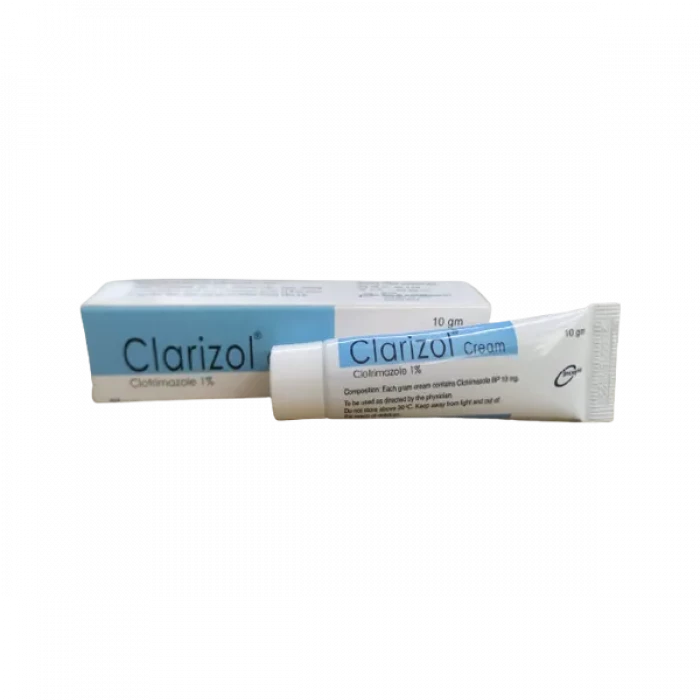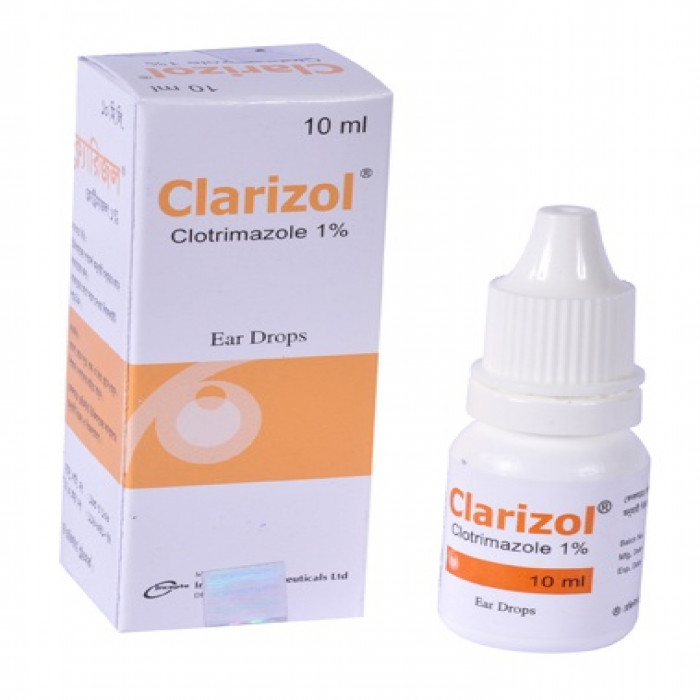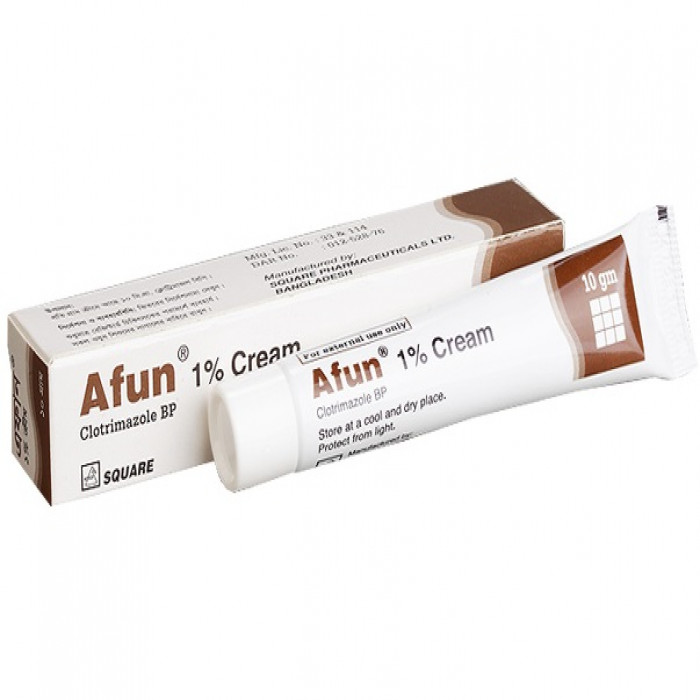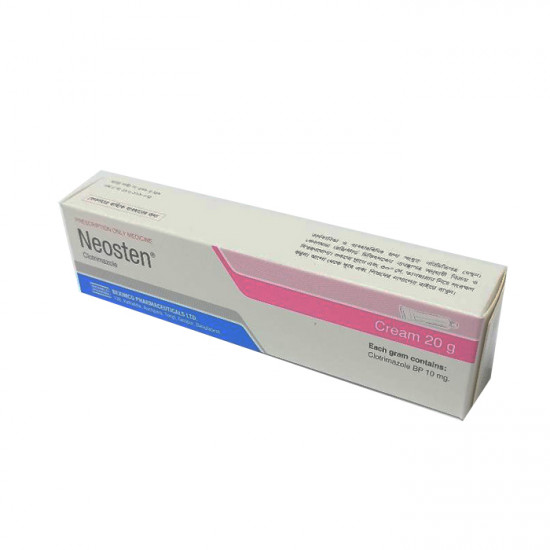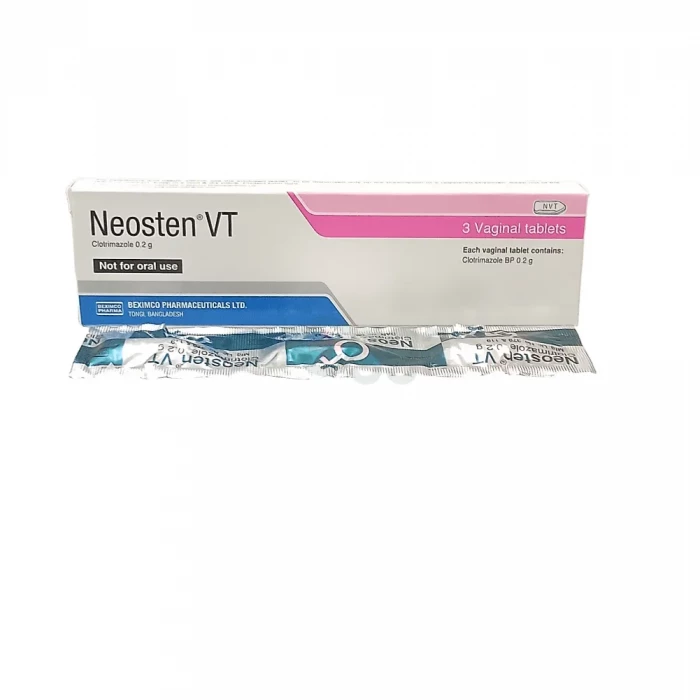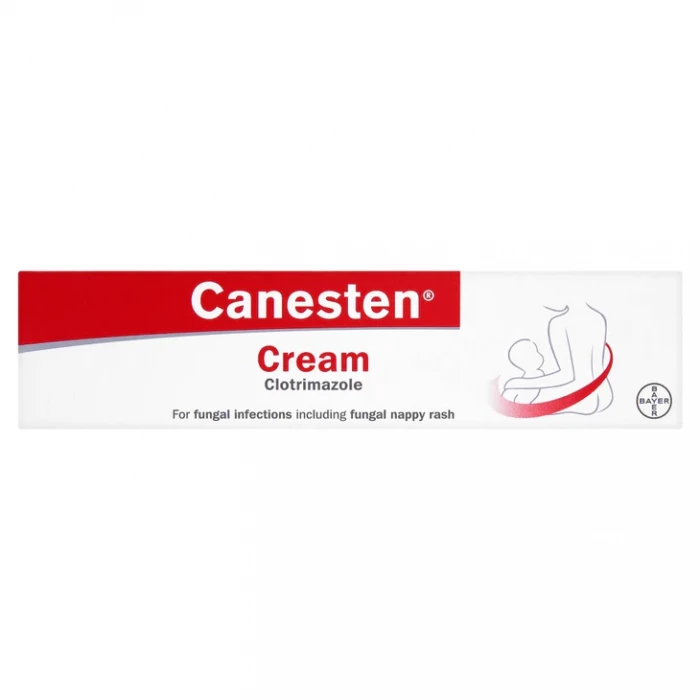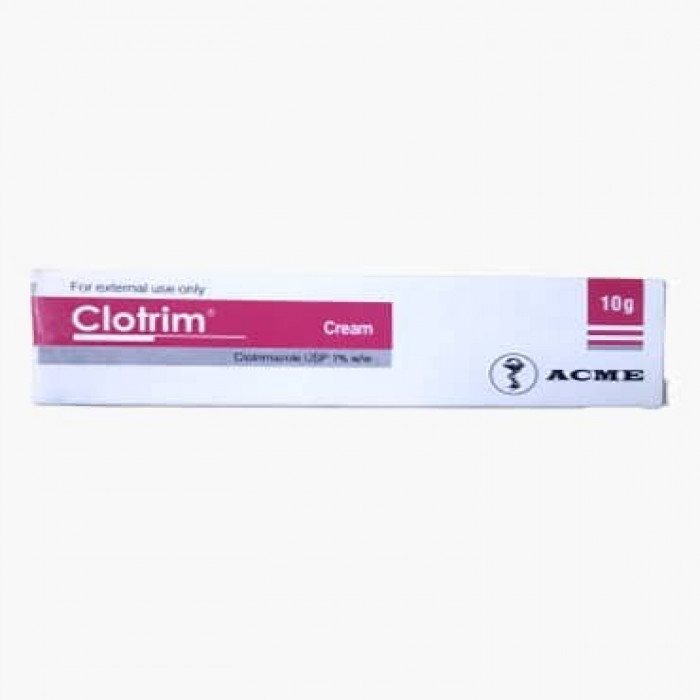
✔ 100% Authentic Product
👁️ Currently Viewing 12054
Clotrim Cream
Clotrim Cream is an effective treatment for various fungal skin infections, including athlete's foot, ringworm, fungal nappy rash, and fungal sweat rash. It is also used to treat vaginal and penile thrush.
Discount
Price: ৳ 33
MRP:
৳
35.11
5%
Off
✅ Description:
Clotrimazole is a commonly used medication for the treatment of fungal skin infections. It is effective against conditions like athlete's foot, ringworm, and jock itch, relieving symptoms such as itching, burning, and skin cracking.
This anti-fungal medication can also be used to treat fungal infections in the mouth and vagina. Clotrimazole works by disrupting the formation of fungal cell membranes, ultimately leading to the death of the fungus.
While Clotrimazole may have some side effects, they are generally limited and rare. These side effects can include vaginal bleeding, skin redness, nausea, vomiting, skin rashes, and abdominal pain. It's worth noting that Clotrimazole is considered safe and effective, as it is included in the World Health Organization's list of safe and essential medicines.
Clotrimazole is available in both Topical and oral forms, and it is safe for use in children. However, pregnant women using the topical form should be cautious, as the cream can be absorbed through the skin.
For oral use, allow the medication to dissolve slowly in your mouth; swallowing it whole may lead to nausea or vomiting. If you experience signs of opportunistic infections (such as white plaques in the mouth, fever, chills, itching or discharge in the genital area, fatigue, or unhealed wounds or sores), seek medical attention.
When applying Clotrimazole topically, remember to wash your hands before use or wear gloves. Apply a thin layer of gel, lotion, or solution to the affected area and, if necessary, use a porous dressing. Report any persistent burning, swelling, itching, worsening of your condition or a lack of response to therapy.
When using Clotrimazole vaginally, wash your hands before application. Gently insert the full applicator into the vagina and expel the cream, or insert the vaginal tablet before bedtime. Wash the applicator with soap and water after use and remain lying down for 30 minutes following administration. Avoid intercourse during therapy, as your sexual partner may experience penile burning or itching. Report any adverse reactions (such as vulvar itching or frequent urination), worsening of your condition, or a lack of response to therapy.
Please note that the effectiveness and side effects of this medicine can vary from person to person, so it's advisable to consult a dermatologist before using Clotrimazole.
Safety Advices
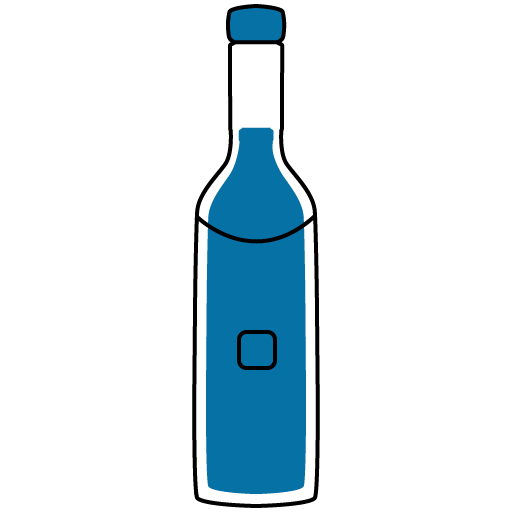
Alcohol
UNSAFE
It is best to avoid alcohol while taking Clotrim Cream.

Pregnancy
CONSULT YOUR DOCTOR
Clotrim Cream should be used with caution in pregnant women. Consult your doctor before using.
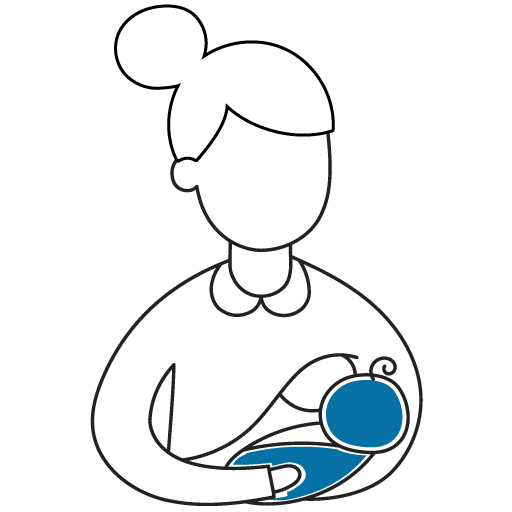
Breastfeeding
CONSULT YOUR DOCTOR
Clotrim Cream should be used with caution in breastfeeding women. Consult your doctor before using.

Driving
CAUTION
Clotrim Cream is a topical preparation and may not affect the driving ability or ability to handle machinery.

Kidney
CAUTION
Limited information is available; hence, if you have any concerns, discuss them with your doctor.

Liver
CAUTION
Limited information is available; hence, if you have any concerns, discuss them with your doctor.
✔️ Uses of Clotrim Cream
- Fungal Infections
✔️ How does Clotrim Cream work?
Clotrim Cream kills fungal cells by altering their cell wall's permeability and inhibiting processes necessary for cell membrane production. This results in cell death due to the loss of intracellular elements.
✔️ Side Effects of Clotrim Cream
- Burning sensation at the application site
- Itching, redness, or irritation at the application site
- Skin rash and peeling
✔️ Quick Suggestions:
- Clotrim Cream is a topical antifungal medicine used to treat yeast infections of the skin, vagina, ear, and ringworm infections.
- This medicine is meant for external application and should not be ingested.
- Wash your hands before and after using this medicine unless your hands are to be treated.
- Do not use more than the prescribed amount of this medicine or do not use it for longer periods of time than recommended by your doctor.
- Before using Clotrim Cream, please discuss with your doctor if you have any other skin conditions.
- If you experience any side effects after using this medicine, talk to your doctor.
- Do not give this medicine to anyone else, even if they have the same condition as you do.
✔️ Indication of Clotrim Cream
Clotrim Cream is an antifungal medicine used to treat fungal infections of your skin. It works by stopping the growth of the infection-causing fungi.
✔️ Pharmacology
Clotrimazole works mainly by destroying the osmotic barrier in the fungal cell membrane. Clotrimazole inhibits the biosynthesis of ergosterol, which is an important component of fungal cell membranes. If the synthesis of ergosterol is completely or partially inhibited, the cell can no longer build a complete and functional cell membrane. Since ergosterol directly promotes the growth of fungal cells in a hormone-like manner, the rapid occurrence of the above events results in a dose-dependent inhibition of fungal growth.
Although it is recognized that the reduction of ergosterol due to the inhibition of lanosterol 14 demethylase (also known as CYP51) is the main reason for the antifungal properties of clotrimazole, the drug also shows other pharmacological effects. These include inhibition of sarcoplasmic reticulum Ca2 + ATPase, consumption of intracellular calcium, and blockade of calcium-dependent potassium channels and voltage-dependent calcium channels. The effects of clotrimazole on these targets explain other effects of the drug that differ from its antifungal activity.
✔️ Dosage & Administration of Clotrim 1% Cream
Adult Dose:
- Skin and nail fungal infections: Apply 2 or 3 times daily. Onychomycosis for 6 months. Tinea pedis and dermatomycoses for 4 weeks.
✔️ Child Dose:
- Tinea Corporis/Tinea Pedis: Apply to the affected area every 12 hours for 4 weeks.
- Tinea Cruris (over 2 years): Apply to the affected area every 12 hours for 2 weeks.
- Candidiasis: Gently massage sufficient clotrimazole into the affected and surrounding area every 12 hours; reconsider diagnosis if no improvement after 4 weeks.
- Tinea Versicolor: Gently massage sufficient clotrimazole into the affected and surrounding area every 12 hours; reconsider diagnosis if no improvement after 4 weeks.
✔️ Administration:
- Use Clotrim Cream as directed by your doctor.
- It is meant for external use only.
- The dosage and length of treatment depend on the type of infection to be treated.
- Ensure the area is cleaned and dried before application.
- Apply it on a healthy skin surface free from cuts and wounds.
- Wash your hands before and after using this medicine unless your hands are the area to be treated.
✔️ Interaction
Clotrimazole, the active ingredient in Clotrim Cream, may exhibit antagonism (reduced effectiveness) when used in combination with polyene antibiotics. Polyene antibiotics are a class of antifungal medications that includes drugs like amphotericin B and nystatin, which work by targeting the fungal cell membrane.
When clotrimazole is used together with polyene antibiotics, their antifungal actions may interfere with each other, leading to reduced efficacy in treating fungal infections. Therefore, it is generally not recommended to use clotrimazole along with polyene antibiotics unless specifically prescribed by a healthcare professional and closely monitored for potential interactions. It is essential to follow the guidance of your doctor or healthcare provider to ensure safe and effective treatment.
✔️ Contraindications
If you are allergic to clotrimazole or any of the components of Clotrim Cream.
✔️ Pregnancy & Lactation
When using clotrimazole during pregnancy, it's important to note that only minimal amounts are typically absorbed systemically when applied topically or vaginally. However, it's advisable to use clotrimazole during pregnancy only when deemed necessary and under the guidance of a healthcare professional.
Regarding breastfeeding, there is limited information available about the excretion of clotrimazole in breast milk. Therefore, caution is advised when using clotrimazole while breastfeeding, and it's recommended to consult a healthcare provider before doing so.
✔️ Precautions & Warnings
Avoid getting the medication in your eyes when applying topically. It should not be used in children under three years of age, during pregnancy, or while breastfeeding. If you experience local intolerance, discontinue the medication and seek appropriate treatment. When using it during lactation, exercise caution as excretion in breast milk is unknown.
✔️ Storage Conditions
Keep below 25°C temperature, away from light & moisture. Keep out of the reach of children.
⚠️Disclaimer:
At ePharma, we’re committed to providing accurate and accessible health information. However, all content is intended for informational purposes only and should not replace medical advice from a qualified physician. Please consult your healthcare provider for personalized guidance. We aim to support, not substitute, the doctor-patient relationship.





